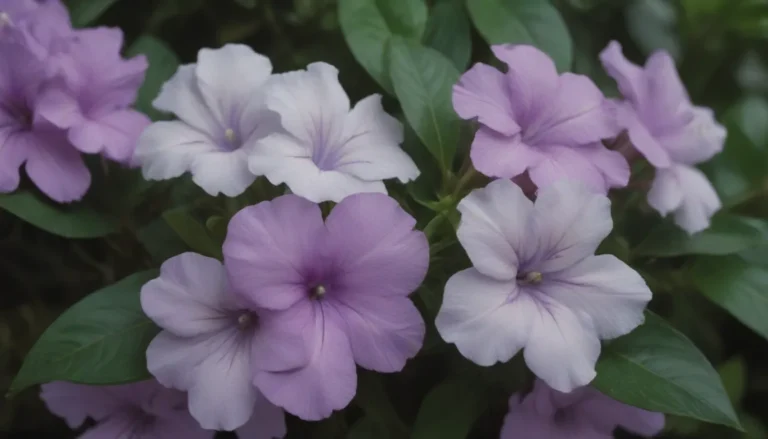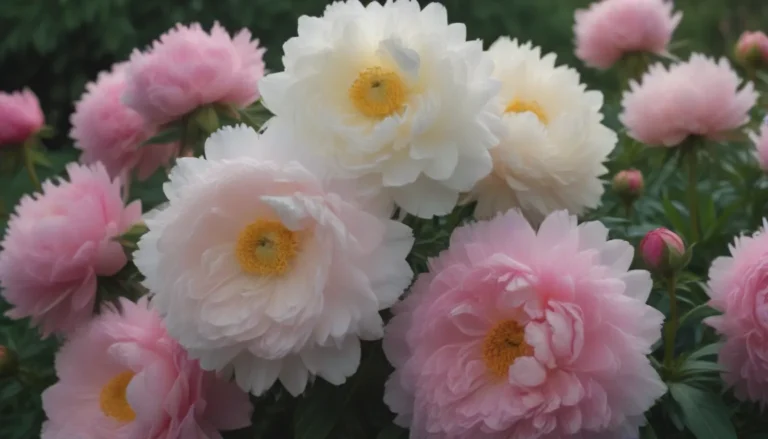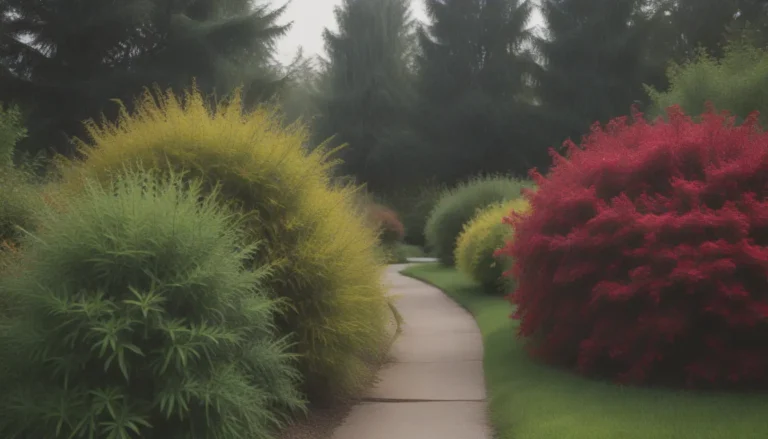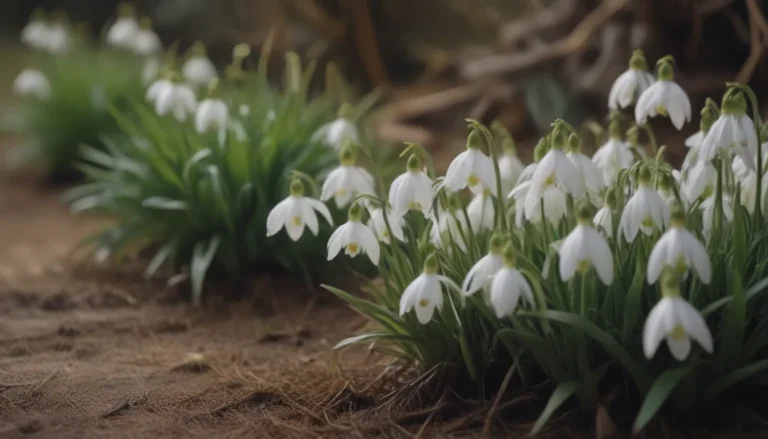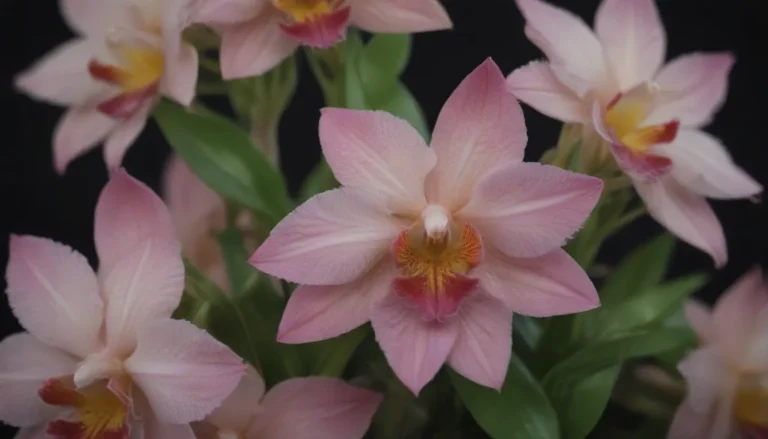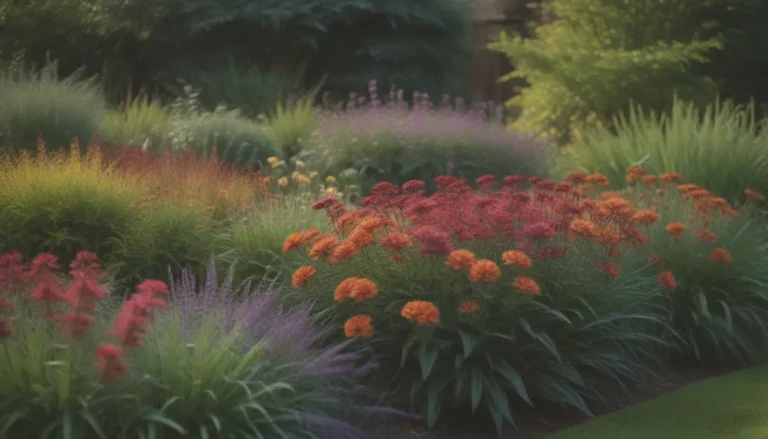Everything You Need to Know About Monkey Puzzle Tree Care
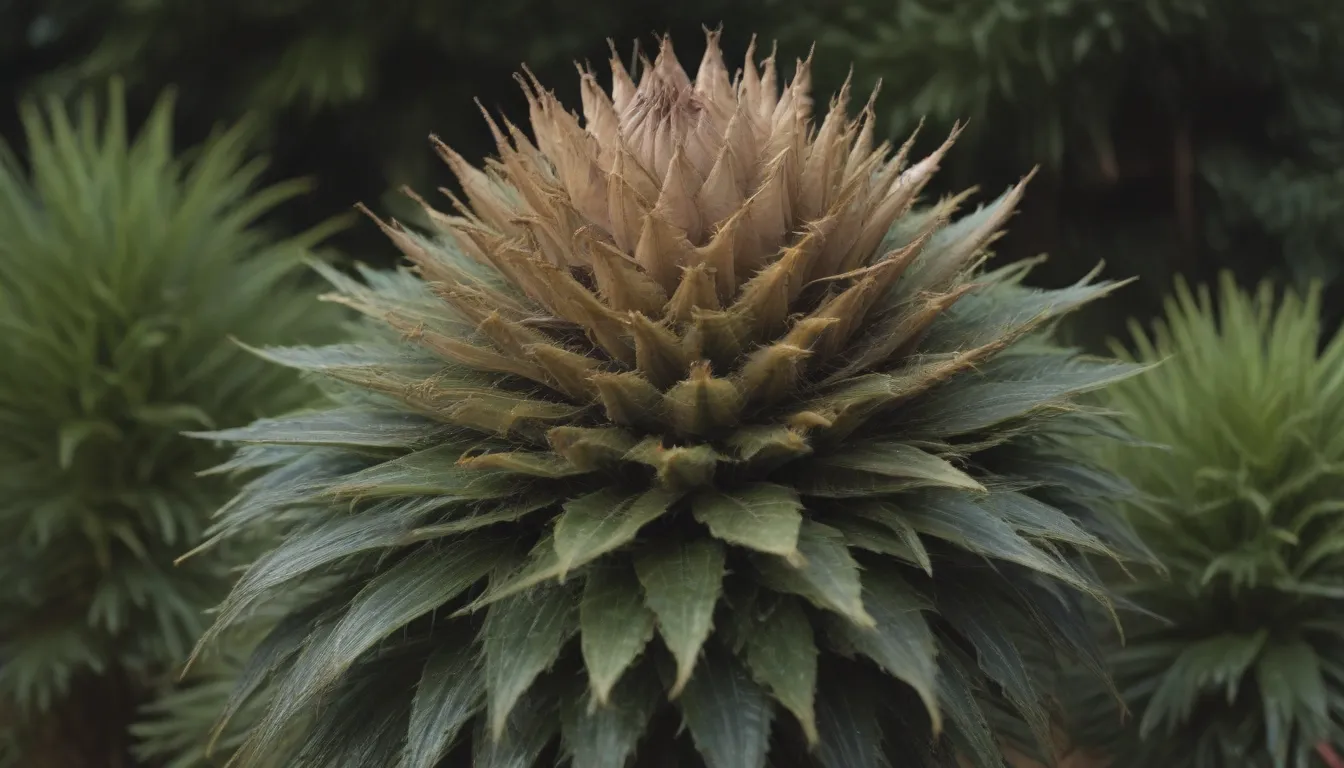
Are you fascinated by the unique appearance of the monkey puzzle tree and looking to grow and care for one yourself? If so, you’re in the right place! In this comprehensive guide, we will dive deep into all the essential information you need to successfully cultivate and maintain a monkey puzzle tree in your garden or home.
Getting to Know the Monkey Puzzle Tree
The monkey puzzle tree, scientifically known as Araucaria araucana, is an evergreen conifer native to mountainous regions of South America. Its striking appearance and unusual branching pattern make it a standout choice for gardeners in warmer climates where it can withstand winter conditions.
Monkey Puzzle Tree Care Essentials
To ensure your monkey puzzle tree thrives and flourishes, it’s crucial to provide the right environment and care. Here are the main requirements for growing a healthy and happy monkey puzzle tree:
Light
- Monkey puzzle trees thrive in full sunlight but can tolerate partial shade, especially in hotter regions.
- Avoid deep shade, as these trees require plenty of direct light to thrive, even when grown indoors.
Soil
- One of the advantages of growing a monkey puzzle tree is its tolerance for a wide range of soil types, as long as it is deep and well-draining.
- Consider adding perlite to the potting mix in containers to improve drainage and ensure optimal growing conditions for your tree.
Water
- While monkey puzzle trees prefer medium moist soil, they are relatively low maintenance once established.
- Water your tree regularly during the first year or two, and let natural precipitation take care of watering needs thereafter. In dry spells, water as needed, and mist the soil for container plants.
Temperature and Humidity
- Monkey puzzle trees are hardy in USDA zones 7-10 but may struggle in warmer regions with dry weather.
- The tree can survive temperatures as low as minus 4 degrees Fahrenheit, but it’s best to protect it during extreme conditions by growing it in a pot that can be moved indoors.
Fertilizer
- Monkey puzzle trees typically do not require supplemental feeding as they thrive on nutrients present in the soil.
- Avoid over-fertilizing, as these trees are resilient and can do well without additional nutrients.
Propagation and Growth Tips
Pruning
- Monkey puzzle trees generally require minimal pruning, mainly to remove dead or broken branches.
- Avoid partial pruning, as it can harm the tree. These trees are “self-pruning” as they age, shedding lower branches naturally.
Propagating
- Propagating a monkey puzzle tree can be challenging, as it is primarily done through collecting and planting seeds.
- Purchase seeds from reputable sources or collect them from mature trees, ensuring you have female seeds for optimal growth.
Growing From Seed
- Growing a monkey puzzle tree from seeds is straightforward but requires patience as cones do not produce viable seeds until the tree is mature (40-50 years old).
- Monkey puzzle trees are dioecious, with male and female cones on separate trees. Female seeds are round and plump, while male seeds are thin and flat.
Potting and Repotting
- Consider growing a monkey puzzle tree in a container in regions with harsh winters, moving it indoors during colder months.
- Use a well-draining potting mix in a container with adequate drainage holes, and repot the plant every few years as roots outgrow the pot.
Maintaining Your Monkey Puzzle Tree
Overwintering
- In areas where winter temperatures drop below freezing, move potted monkey puzzle trees indoors to protect them from cold damage.
- Provide ample light for potted trees during the winter months to ensure they remain healthy and thriving.
Common Pests and Diseases
- While monkey puzzle trees are generally resistant to pests and diseases, occasional issues with scale, mealybugs, and thrips may arise.
- Treat pest infestations with neem oil or horticultural oils, and avoid overwatering to prevent root rot and fungal diseases.
Common Problems
- Monkey puzzle trees may drop large, hard cones in the fall, creating a messy environment for homeowners.
- Expect the natural shedding of lower branches as the tree ages, which is a normal process that does not indicate underlying health issues.
Fun Facts About Monkey Puzzle Trees
- Monkey puzzle trees can live over 1,000 years and are slow growers, taking about 10 years to reach maturity.
- The seeds of monkey puzzle trees have a nutty flavor similar to pine nuts, making them attractive to birds and other wildlife.
In Conclusion
Caring for a monkey puzzle tree can be a rewarding experience, offering a unique and visually appealing addition to your garden or home. By providing the right environment, light, water, and attention to detail, you can enjoy the beauty and resilience of these fascinating trees for years to come.
For more information on monkey puzzle tree care and maintenance, refer to reputable sources such as the National Gardening Association and Missouri Botanical Garden. Happy gardening!
